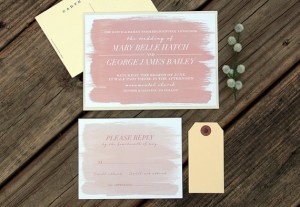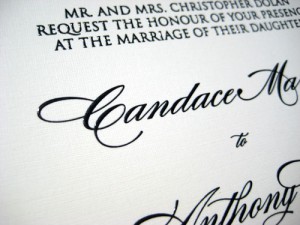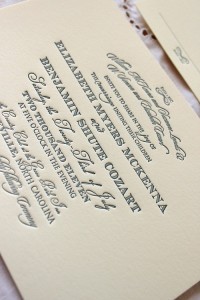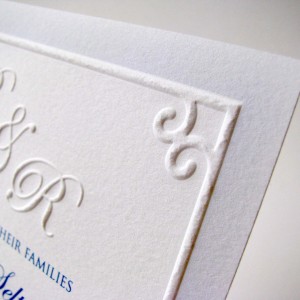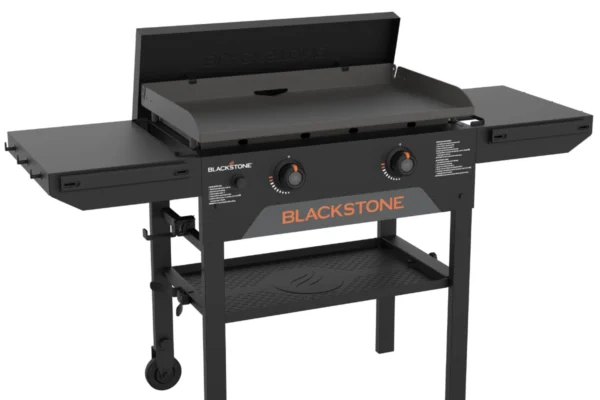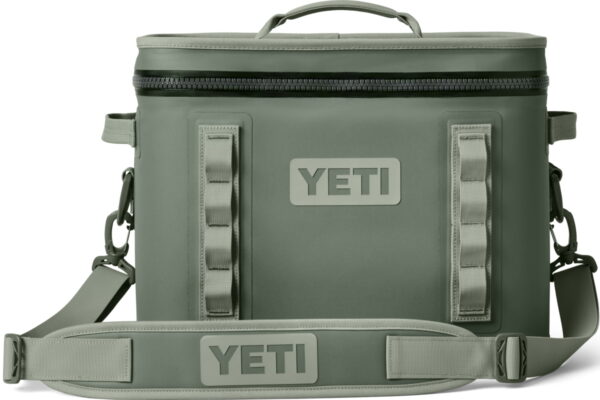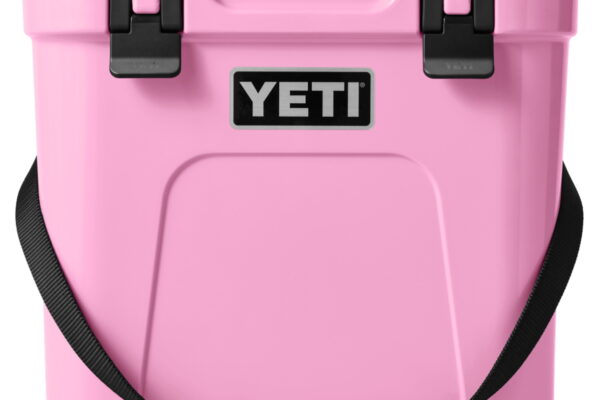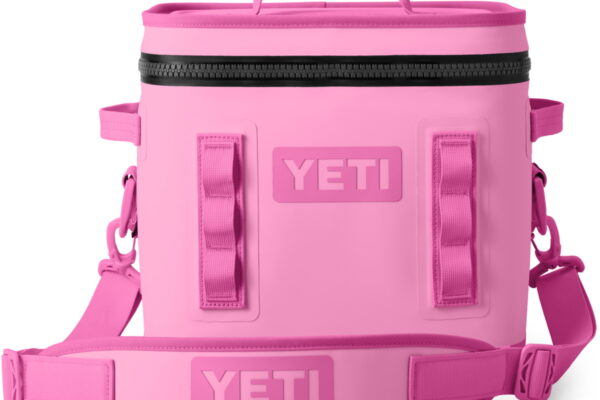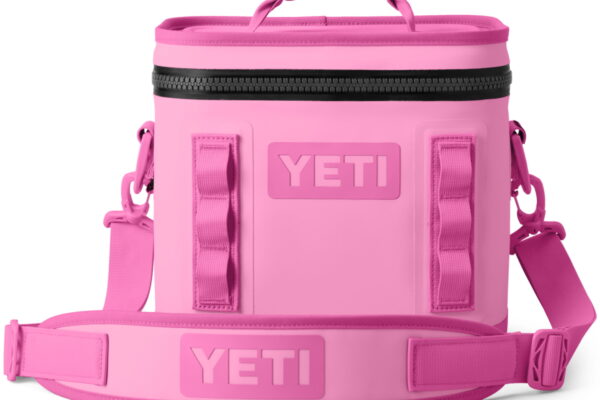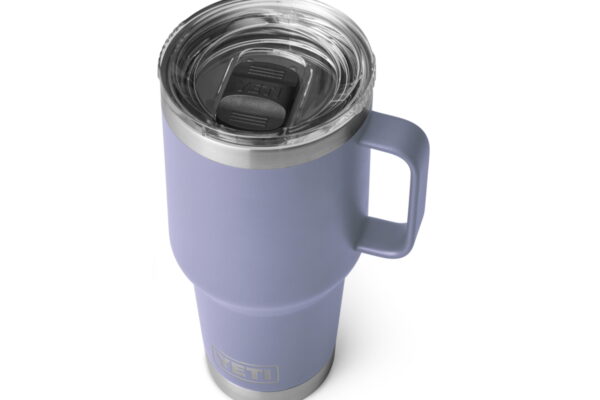Your cart is currently empty.
Stationery Printing Options!
While your invitation wording and design hint at your wedding style, so does the printing process you choose — most notably, it conveys how formal your event will be. The way you choose to print will also have a big impact on your budget and, in part, dictate the paper type and the design. To help you choose a technique, read on for the rundown of all your options.
Flat Printing
Technically known as Offset/Lithography and is recognized by clean edges and smooth print.
Thermography / Matte Thermography
Freshly printed inks are dusted with a powder compound. After the excess powder on the non-printing areas is removed by vacuum, the sheet passes under a heater, which fuses the ink and powdered compound. The printing swells or rises to simulate the look of engraving. Matte thermography printing is not as shiny, resulting in the dull or “matte” look.
Engraving
Letters and designs are cut or etched into a copper plate. The plate is inked so that all sub-surfaces are filled with ink, then the surface is wiped clean, leaving ink only in the depressed (or sunken) areas of the plate. The paper is forced against the plate with tremendous pressure, this produces the characteristic indented or bruised impression on the back of the paper.
Letterpress
The oldest and most versatile method of printing was originally produced from cast metal type or plates on which the image or printing areas are raised above the non-printing areas on the plate. Ink touches only the top surface of the raised areas; the surrounding (non-printing) areas are lower and do not receive ink. The inked image is transferred directly into the paper. Sometimes a slight embossing (because of denting) appears on the reverse side of the paper. The letterpress image is usually sharp and crisp.
Blind Embossing
Blind Embossing is similar to the engraving process, but without ink. The plate is pressed into the paper creating a raised look to the text or design. As blind embossing requires thicker lines to produce a clear impression in the paper, it is recommended to use type-styles, monograms and designs suitable for embossing only.
Digital
This flat printing method is achieved by laying down a screen of colored dots (known as CMYB, for the four colors from which all colors are composed: cyan, magenta, yellow and black). Digital Printing is a less expensive option for multiple-color printing and for images that are shaded or screened.
Foil Printing
Foil printing is achieved by using traditional presses and a plate that utilizes heat and pressure to apply a thin layer of foil to paper. Foil, or roll leaf, is a product used in printing to produce a distinctive palette of metal finishes of glass, matte or pearl images on paper. Foil printing creates an opulent look and feel that is especially beautiful on colored papers.
